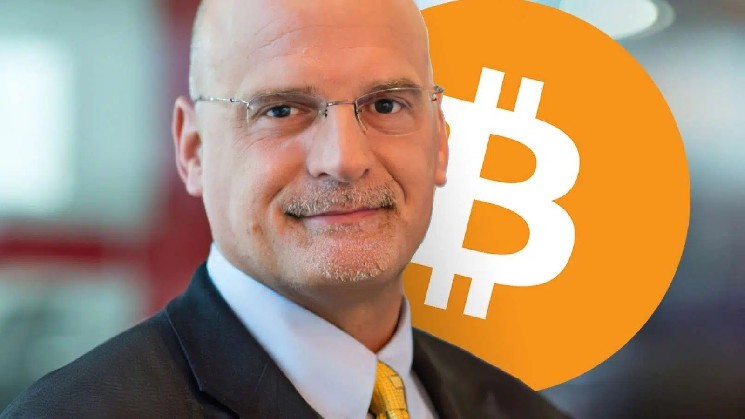As AI technology becomes increasingly embedded across the cultural industry, the government is accelerating efforts to reform the copyright system to protect the creative environment in the AI era. Efforts to secure creators' rights and stabilize the industrial ecosystem are in full swing.
The Ministry of Culture, Sports and Tourism announced plans to comprehensively revamp the registration criteria and protection system for AI-generated works to be recognized as creative works, as part of its "Culture Korea 2035" roadmap, a mid- to long-term cultural policy goal. Given that copyright has previously been granted only to "creative works expressing human thought or emotion," this overhaul represents an institutional turning point reflecting the expansion of AI technology.
In response, the Korea Copyright Commission (KOCC) published the "Copyright Registration Guide for Generative AI-Based Works." This document sets forth criteria for determining whether humans substantially contributed to the creative process and requires that registration applications specifically specify the method and scope of AI use. This approach not only protects creators but also counters the potential misuse of AI technology.
Meanwhile, as concerns grow that various AI-generated outputs, such as images, videos, and audio, could be misused as deepfakes or fake news, the government is also taking steps to establish related safeguards. The enforcement decree of the Framework Act on Artificial Intelligence, scheduled to take effect in January 2025, includes a measure mandating the use of visually identifiable watermarks (electronic marks) or other identification technologies for AI products. A guidance period of at least one year will also be implemented to ease the initial burden on the industry.
Likewise, the government is closely examining trends in overseas systems, such as the European Union's (EU) AI laws, to ensure the sustainable growth of the AI ecosystem. Simultaneously, efforts are being made to find a balance between artistic and technical standards, such as by citing the creation tools in movie ending credits. Ultimately, the entire copyright system is expected to be reorganized to encompass the rights distribution issues surrounding human-AI collaborative content, which is increasing with technological advancements.
This trend goes beyond simple institutional reform; it can be seen as part of a strategy to ensure K-content maintains its continued competitiveness in the global market. Future changes are likely to gradually evolve toward a balance between creator protection and the use of AI.
Get real-time news... Go to TokenPost Telegram
Copyright © TokenPost. Unauthorized reproduction and redistribution prohibited.








